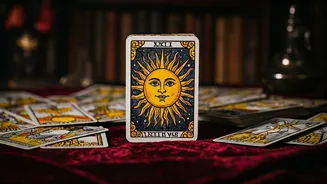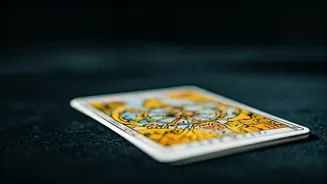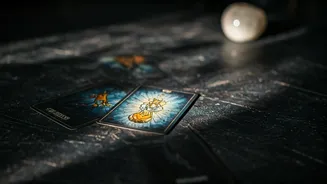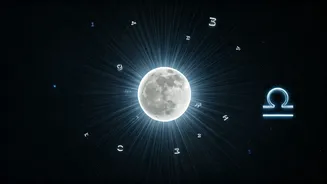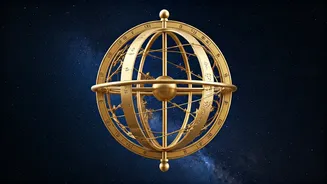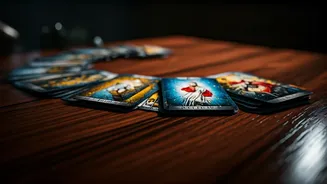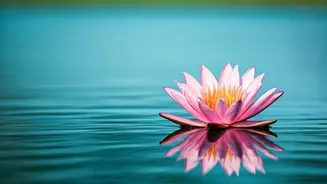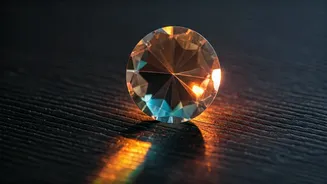Origins of Tarot
The exact origins of tarot cards are shrouded in mystery, with various theories proposed over time. While the cards weren't initially intended for divination,
their evolution took them down that path. Emerging in 15th-century Europe, they began as playing cards. It was during this period that the earliest known tarot decks started appearing, primarily used for games like Tarocchi. These early decks contained pictorial images, which eventually evolved into the familiar suits and symbolic figures we recognize today. The shift towards divination occurred later, adding an element of mysticism to the cards. From the Renaissance's art and symbolism, tarot gradually developed into a system for seeking guidance and understanding.
Decks and Structure
Contemporary tarot decks vary greatly in design, from classic styles to modern artistic interpretations. A typical deck comprises 78 cards, split into two main sections: the Major Arcana and the Minor Arcana. The Major Arcana contains 22 cards representing significant life events and archetypes, such as The Fool, The Magician, and The Lovers. These cards usually symbolize deeper life lessons, often highlighting turning points. The Minor Arcana consists of 56 cards, divided into four suits: Wands, Cups, Swords, and Pentacles. Each suit mirrors the four elements and contains cards numbered from Ace to Ten, along with four court cards: Page, Knight, Queen, and King. Together, the cards offer a comprehensive system for insight and self-reflection.
Reading the Cards
Reading tarot cards is a skill that blends intuition with knowledge. Tarot readers use various spreads, which are arrangements of cards, to address questions or explore specific areas of life. A simple three-card spread might represent the past, present, and future, while more complex spreads delve into intricate aspects of a situation. The interpretations vary based on the context of the question, the cards drawn, and their position in the spread. Skilled tarot readers consider the interactions between cards, looking for recurring themes or significant symbols. Readers rely on their intuition and understanding of card meanings to offer guidance, using the cards as a tool to gain deeper insights into the querent's circumstances.
Symbolism and Meanings
Each tarot card is rich with symbolism, making understanding the imagery vital for effective interpretation. The Major Arcana cards often represent significant life events, spiritual lessons, and the archetypal journey of the human experience. For example, The Fool represents new beginnings and taking leaps of faith, while The Tower embodies sudden upheaval and change. The Minor Arcana, on the other hand, deals with the daily realities and emotional landscapes. Each suit represents a different aspect of life: Wands symbolize action and passion; Cups relate to emotions and relationships; Swords represent intellect and challenges; and Pentacles cover material matters and prosperity. Recognizing these symbols allows tarot readers to draw meaningful connections and understand the subtleties within a reading.
Ethical Considerations
Engaging with tarot cards necessitates an understanding of ethical considerations to ensure responsible and mindful usage. Tarot readings should offer guidance rather than making definitive predictions. It's crucial for readers to approach the cards with respect and to avoid imposing their personal opinions on the querent. The focus should be on empowerment and self-discovery. A responsible reader should never use tarot to make fear-based predictions or provide financial advice, always emphasizing free will and personal responsibility. Building trust and maintaining confidentiality are paramount to maintaining a positive, beneficial tarot reading experience. Ethics within tarot include treating the practice as a method for self-improvement and awareness.
